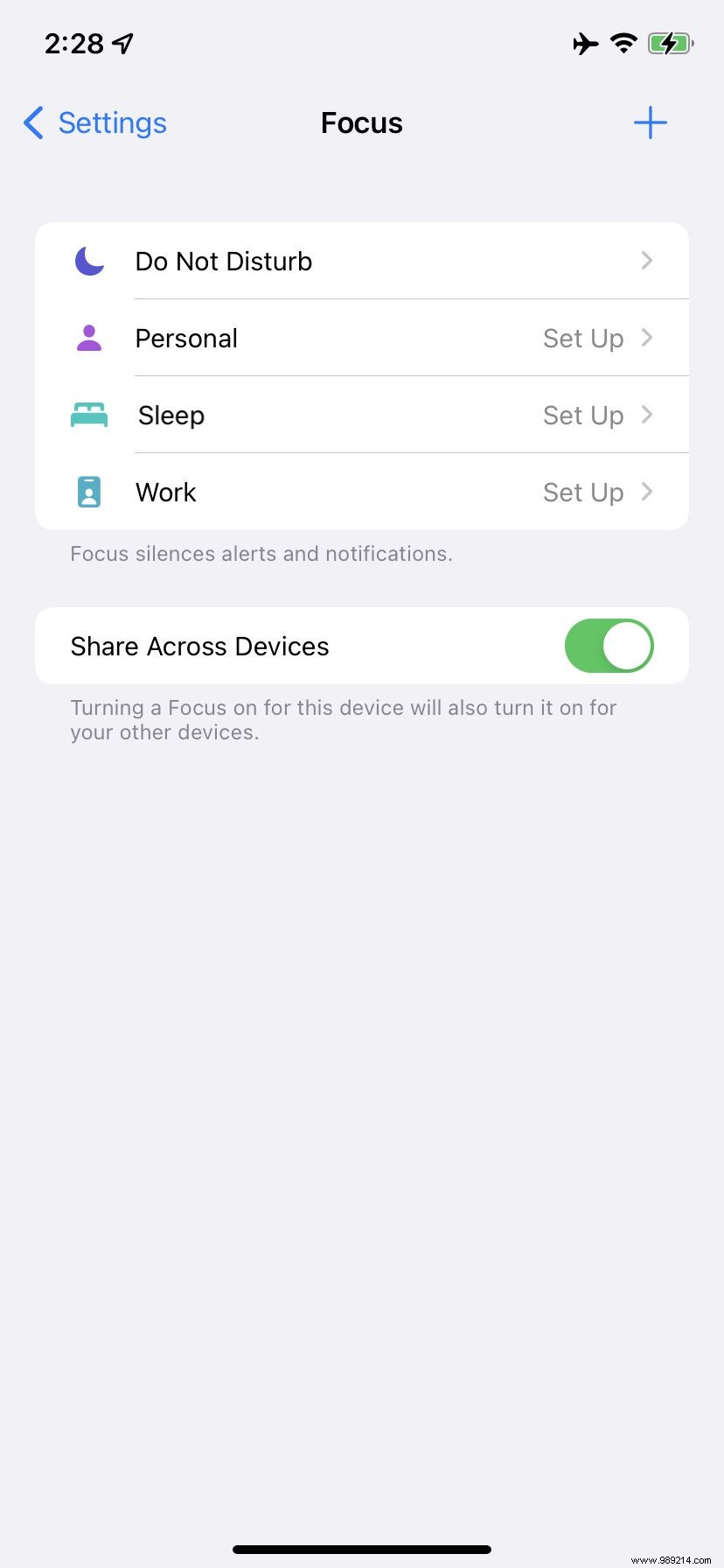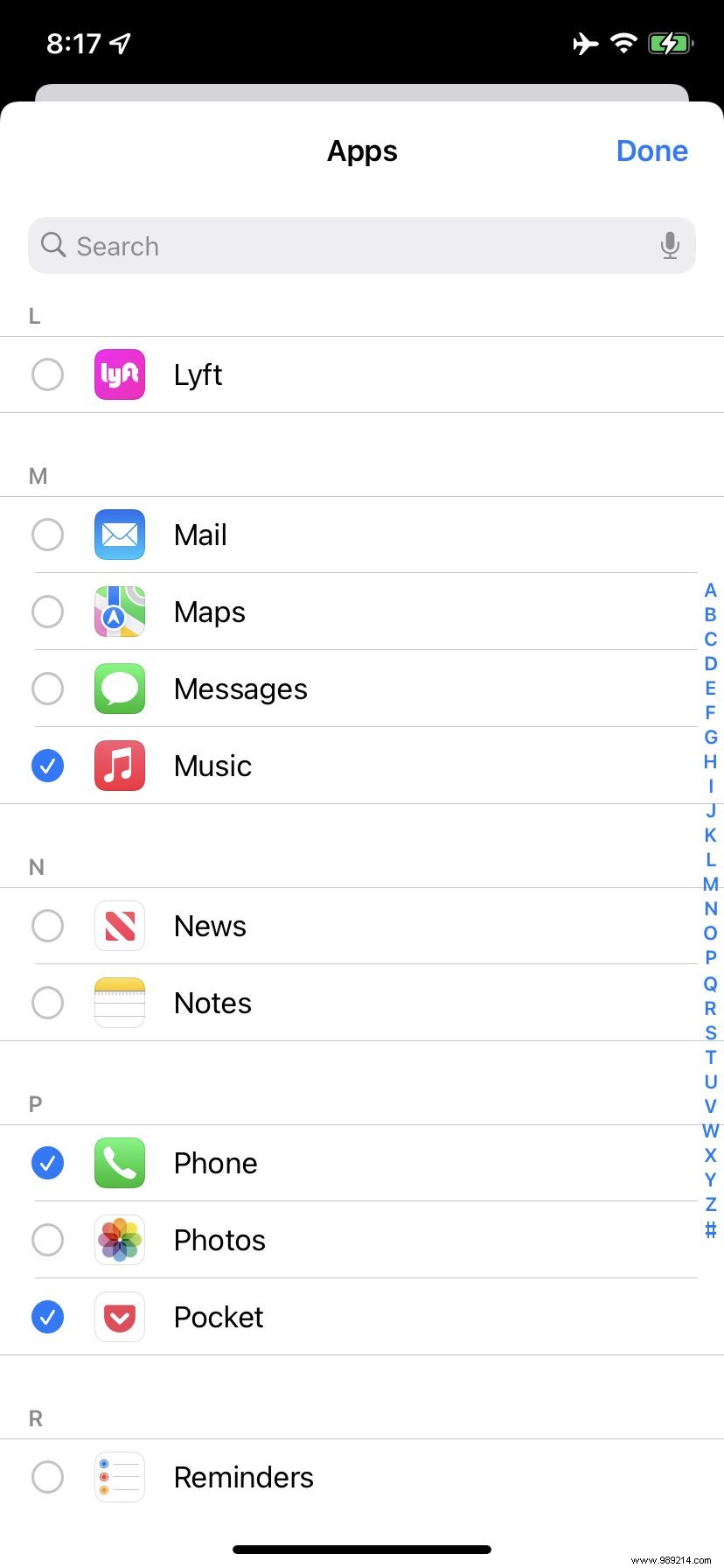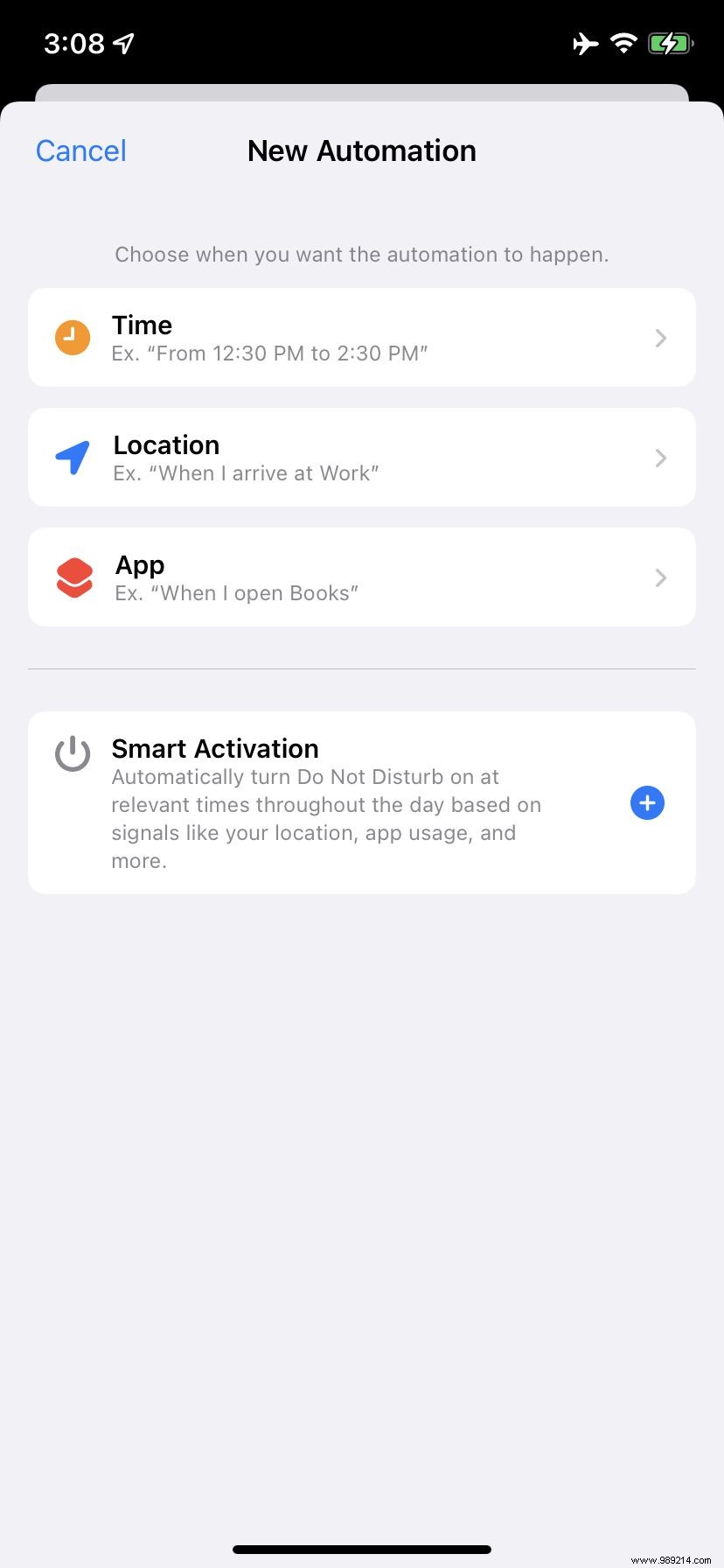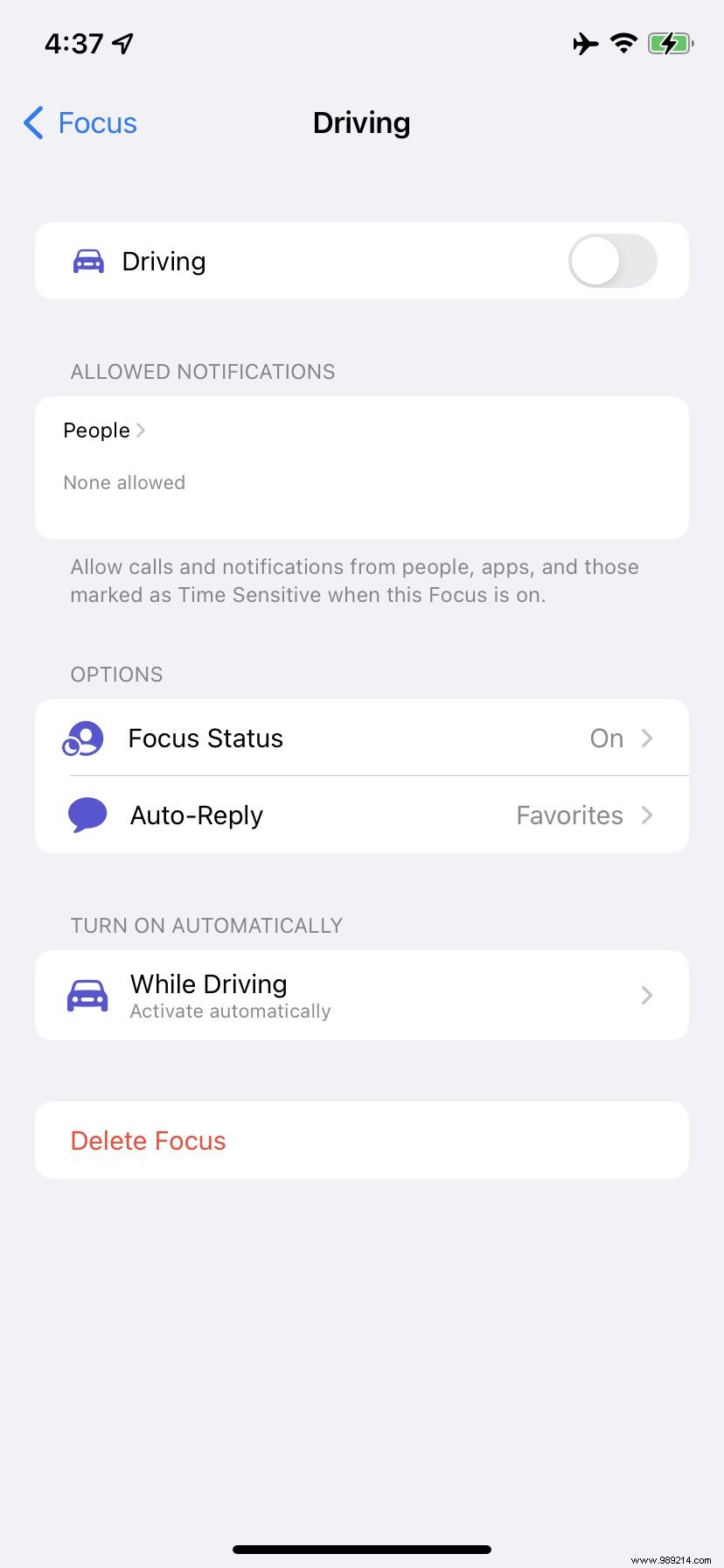These days, it's all too easy to be taken away from your work by notifications and other distractions. To help you keep your focus where you want it, Apple has added new Focus features to iOS 15.
ContentsStart FocusingSet Up Your ProfilesDo Not DisturbNotifications AllowedApps AllowedPeople AllowedOther OptionsFocus ProfilesWhat Next?The idea is to keep you "in the moment" by filtering out apps or notifications you don't want not appear at specific times. The good thing is that you can create different profiles to avoid being disturbed, depending on whether you are at home, at work, getting ready for bed, in the car or for any other activity. .
When you first start setting up Focus, it can seem a bit daunting. There are many choices and many ways to modify it. In fact, it may take some time to get the combination of settings that best suits your lifestyle. But in the end, it'll be worth it – it means you won't be sidelined during times when you need to focus, and you won't be bothered by irrelevant notifications when you have other activities in hand.


You access Focus mode through your Control Center (swipe down from the top right corner). You will see the Focus button with a moon icon next to it. If you tap the icon, the main Do Not Disturb profile will be active. If you tap anywhere else on the button, you'll see a selection of other profiles you can activate.
Tap the three dots to the right of each button and you can set how long you want this Focus profile to be active. Or you can press the Settings button to change the settings for this focus.
But perhaps the best way to start is to go to Settings> Focus, where you can configure all the different Focus profiles you plan to use.
When you first open the Focus page in your settings, you'll see a list of multiple profiles, starting with basic Do Not Disturb, then moving through Personal, Sleep, and Work. If you tap the plus sign in the top right corner of the screen, you'll find the others, including Driving, Fitness, Games, Mindfulness, and Readings. If none of these suit you, you can create a custom profile.
Additionally, there is a toggle that allows you to share the profiles across your various Apple devices.
We'll look at some of the profiles in a moment, but let's start by tapping Do Not Disturb.


The first thing you'll see at the top of the Do Not Disturb page (and, indeed, at the top of all profile pages) is the toggle to turn the mode on and off. After that, there are a variety of filters you can tweak to determine when and how Focus will be configured.
Focus lets you specify people or apps that can continue to notify you even if you have Do Not Disturb turned on. For example, you can allow calls from family members or notifications from your Slack work.
To make these exceptions, tap the People or Applications area to access the Allowed Notifications page. (No matter what you press, you'll end up on the same page.)


If you choose one or more applications, press the Application tab, then the plus button. You will get a list of your installed apps; check the ones you want to add to the list of allowed notifications and select Done at the top right of the page. You will now see the apps you chose listed under Allowed apps.
If you change your mind about one of your apps, you can simply tap the minus sign next to each icon or select the "Remove All" link at the top right of the section Apps allowed.
You can also allow Time Sensitive notifications to pass by turning them on. Time-sensitive notifications come from apps that you've individually marked as important enough to pass any filter no matter what. To select which apps are important to you, you need to exit Focus and go to Settings> Notifications; select the app or apps you want to qualify – say, Calendar – and make sure Time Sensitive notifications are enabled for that app.


The way you allow notifications from specific people to pass through Set Focus Mode is much the same as with apps:select the plus sign under the People to Add From tab your contact list. You can also allow incoming calls from different categories of people:either everyone who calls, nobody (if you really don't want to be disturbed), people who are marked as favorites or anyone in your contact list. You can also allow all calls that are repeated within three minutes.
There are also a variety of other options.




This takes you to the New Automation page where, for example, you can enable it whenever you're at work or when watching a Netflix video. And if it's something that happens often – say, when you go to work or read at night – activate Smart Activation, which (hopefully) will learn your habits and activate Do Not Disturb when you need it. (If something goes wrong, you can always turn it off.)
To use profiles, you must configure them according to your needs. I listed the available ones at the beginning of this article; to get used to it, let's try setting up two of them:Personal and Driving.
When you tap on a profile that hasn't been set up yet, a set of screens guide you through the initial processing, including who and what apps should be allowed to you warn when Focus is active.


After that, you're dropped off at the Focus page for that profile, which will be similar to the Do Not Disturb setup described above. In Personal, you can not only change which notifications are allowed, but decide whether you want to share your Focus status, hide notifications on your home screen or lock screen, or create an automation that will turn it on and off at a time. certain time, in a certain place, or with a certain application.
Some of the other presets are more specific. For example, when I created a Focus for driving, the opening page for the assistant told me it was blocking alerts and notifications while I was driving; that it would turn on automatically when I was driving; and that it would set up an auto-reply so people would know why I wasn't responding to notifications.


And the Driving Focus page also had some differences. Allowed notifications include people but not apps (assuming you're not playing with apps while driving). There is an auto-reply option that lets you change the message that will be sent to people who try to contact you while Focus is on. And you can choose how the app will know you're driving:automatically (based on detected motion), if the CarPlay app is on, if the phone is connected to a car's Bluetooth, or when you turn it on manually. /P>
If none of the presets work for you, you can create a custom profile by tapping the plus sign in the top right corner of the main screen and choosing Custom. You will be asked to name your new profile and choose a color and icon to represent it. After that, the process is pretty much the same as for Personal, except you can also change the name and appearance of the Focus in the profile screen.
Now when you tap the Focus icon in your control center, all the features you created for your profile are activated. Note that the last profile that was active will be the one that is presented:for example, if you last used your driving profile, the Focus button will have the car icon. Touch the icon to activate it or touch the word Focus to switch to another profile.
The new Focus app in iOS 15 can be very useful by helping you focus when you need it, letting you relax when you want, preventing unwanted calls and texts waking you up at night and shielding you from distractions while driving. . It may take some time to figure out which profiles you want to set up and to find out what combination of factors works for you. But once it works, Focus can really make your job easier.